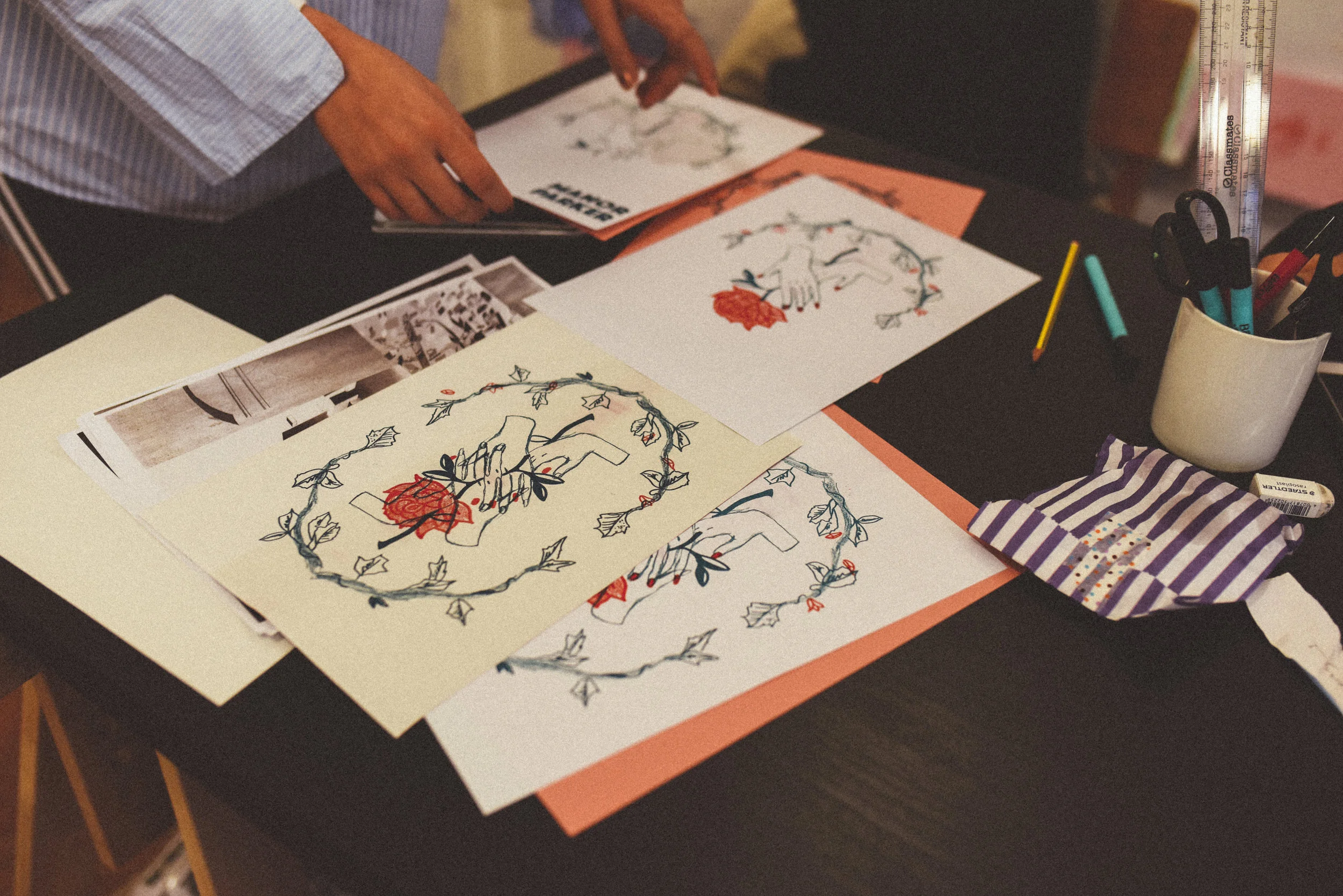Spotlight: Rosalie Schweiker
/Rabbits Road Press regular, Rosalie Schweiker, is a conceptual artist who uses social exchanges such as conversations, economic transactions and jokes to find new functions for art in society. Her playful humour makes knowable the unwritten rules by which social systems operate. Since Rosalie's focus is on the communicative effects of art, most of her work leaves hardly any material trace. Rosalie's work is mostly self-funded and realised in collaborations which are often based on long-term friendships that defy common notions of individualistic authorship. As a result, each year she has hand-made a publication documenting the projects she has worked on.
What is “work” and where did the idea for the publication series begin?
Every year I make a publication documenting and archiving the work I’ve done - a “what did I do this year” book. I started the process at university when I was studying art. I found the course really difficult because I was very interested in people and processes and not so much in output, and so produced a publication to document the invisibilised parts of the experience every academic year. It would include all the work that goes around the ‘work’; emails proposals, the ideas I shelved - the things that are not often visible. After university I just continued with it because life got messy and difficult and it was a good way of acknowledging what I had or hadn’t achieved. I now have 10 different publications, so that’s 10 years of self-archiving.
How do your produce the publication?
I wait until around December to get started and try and get it out by January, but it has taken anywhere up to 3 months to complete because I’m working on it in the evenings or the odd times I get by myself. I don’t really know how to use Photoshop (its my New Years resolution to learn how to use it) so my process involves printing out lots of images, sitting down with scissors and glue and blending things together with handwritten pieces. At the end I find someone with a photocopier and make as many copies as I like.
The differences in the copies year to year are also reflective of the different resources I’ve had access to. The first one was black and white photocopied but this year’s “work” has elements of Risograph printed material scattered throughout as I was producing work at Rabbits Road Press.
What challenges do you face along the way?
The most difficult thing is deciding what goes in and what stays out. I do a lot of work in collaboration so I have to check in with people about including things. It’s also excruciating to look through all your work, and it becomes a bit of an evaluation process. The year after I left college I made one that was only one copy, because it felt too personal and like my life was falling apart. This year, 2018, I feel like my work has made such a huge jump and I want more people to see it. So I'm going to put some money into producing the workbook and make lots of copies and maybe even pay a designer to help me do it.
Why is it important to you to document “work”?
I had this weird tutor at college who said if you’re a woman you should keep a good archive because they’ll only discover you when you’re dead. So part of the process is taking care of yourself as an artist and how I reproduce what I do, instead of delegating this to a gallery, an archivist or so on.I also give copies to people who have been a part of my work that year and it’s interesting to see how their responses reinvigorate things.




